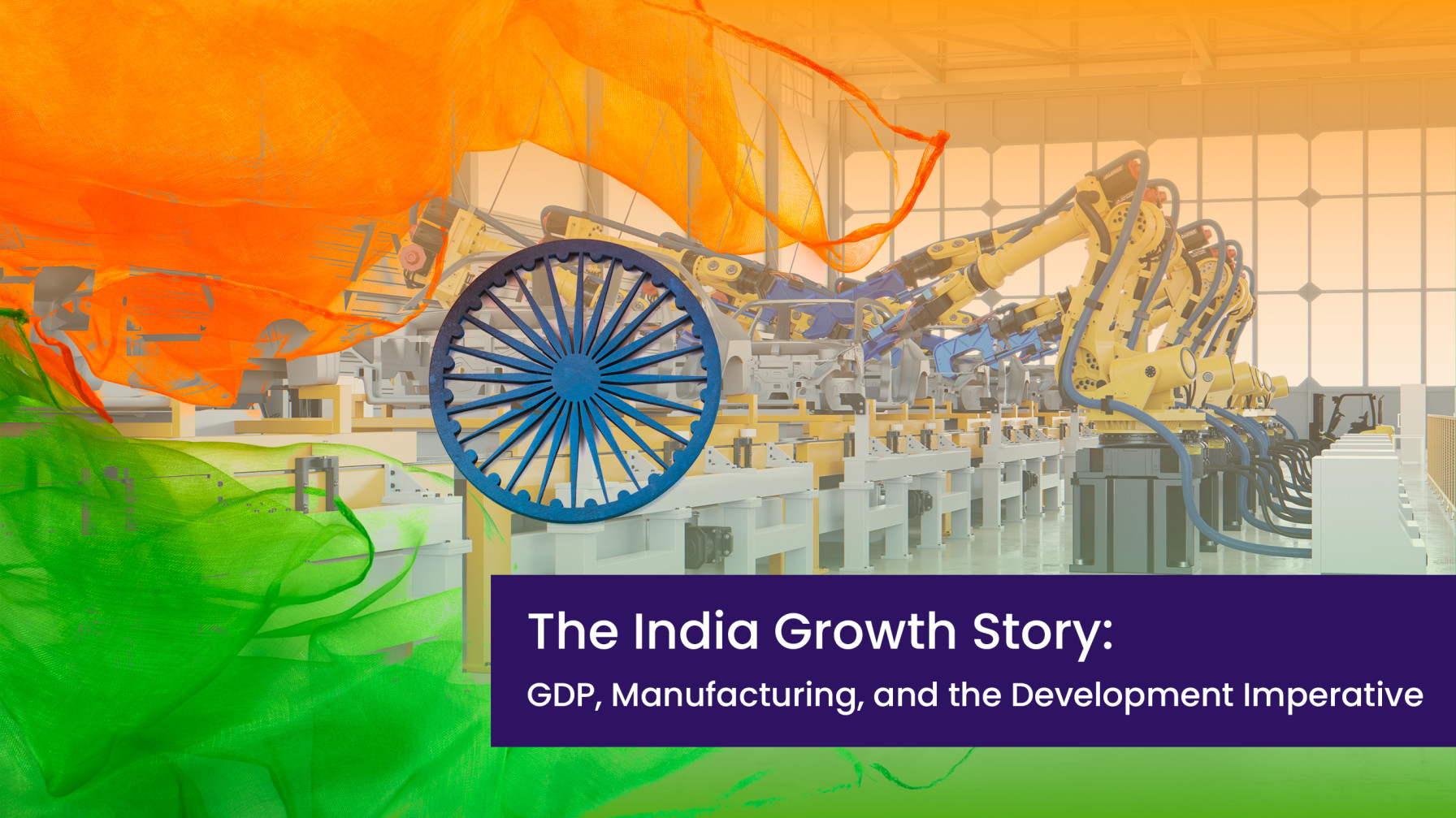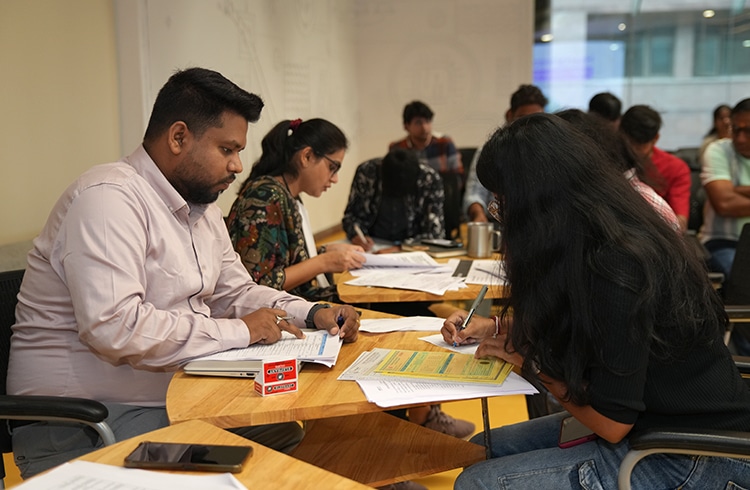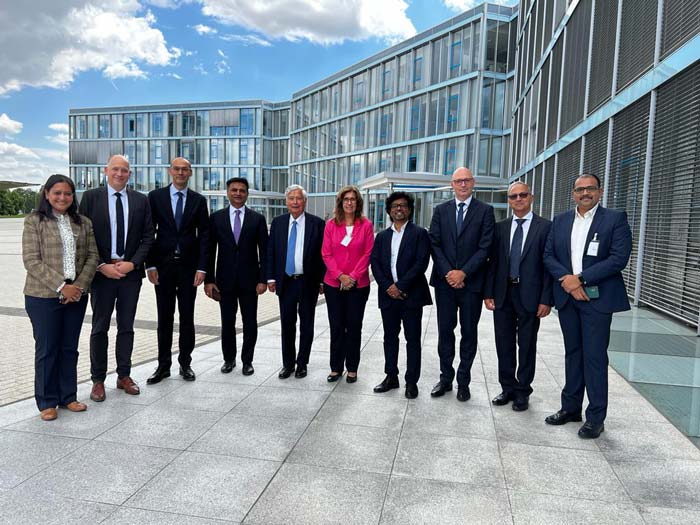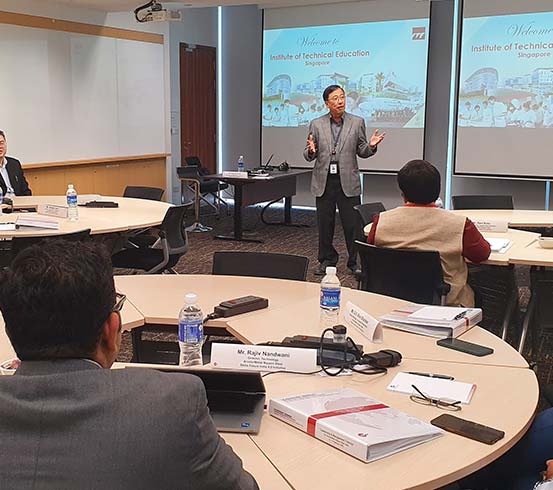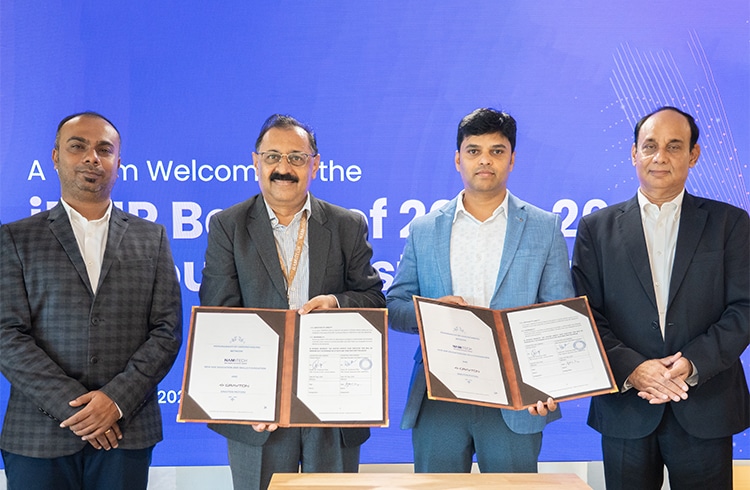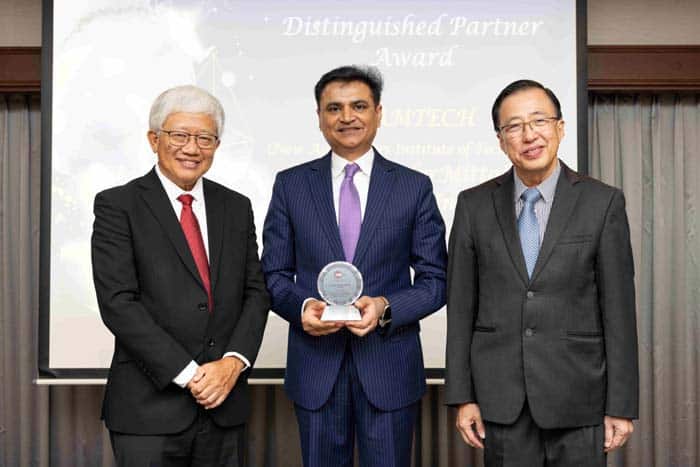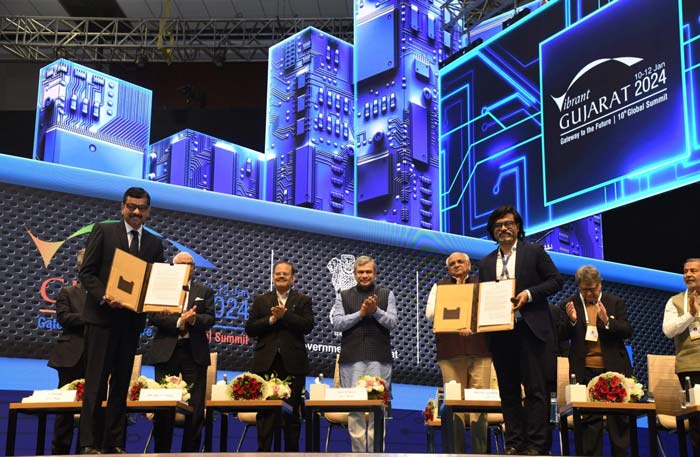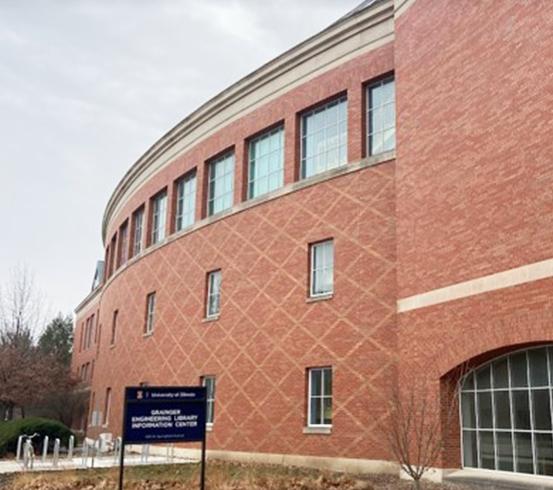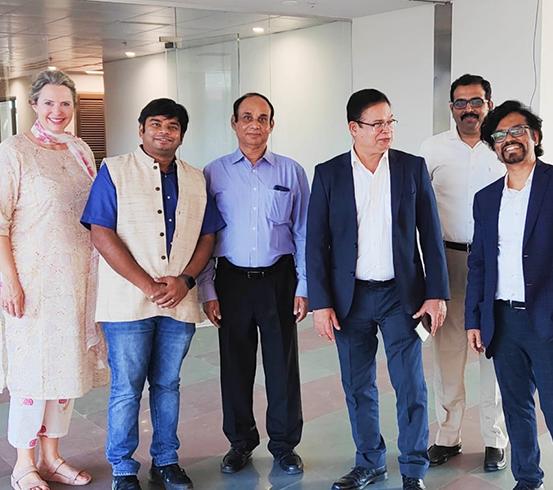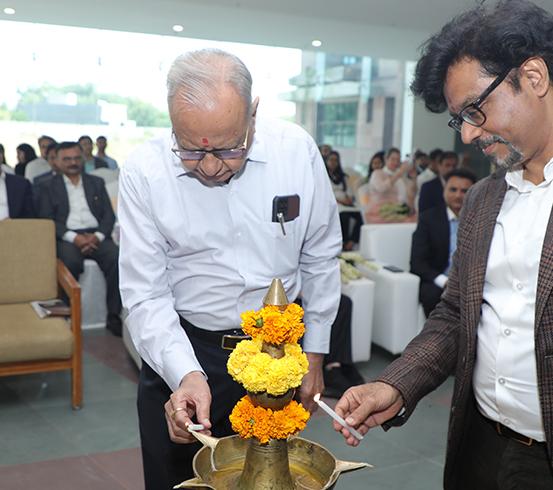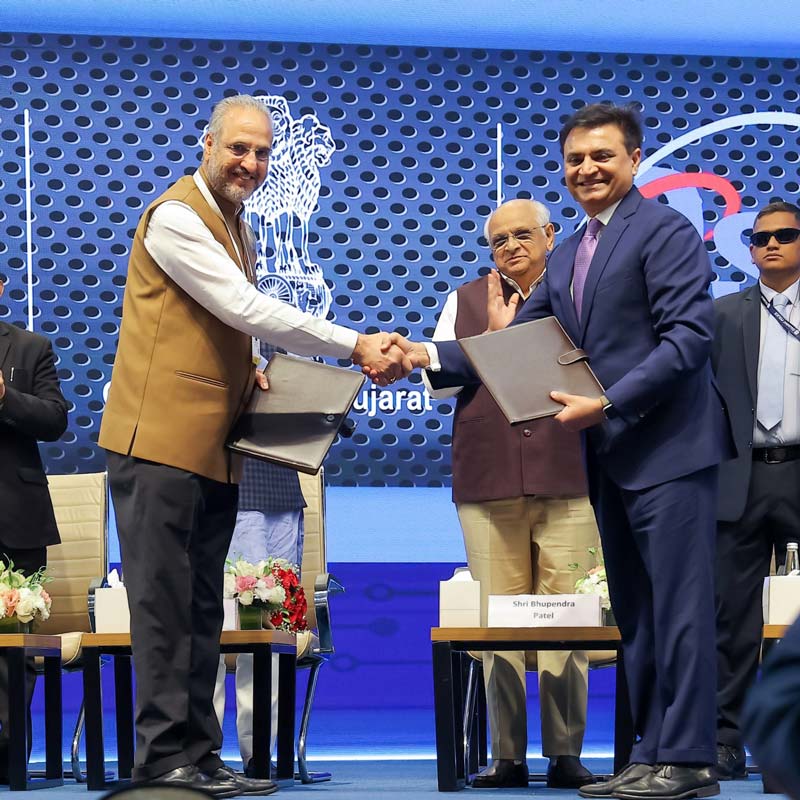Something remarkable is happening across India’s industrial landscape, and it’s impossible to ignore. GDP numbers are climbing, manufacturing hubs are buzzing with fresh energy, and for the first time in years, there’s genuine optimism about where the country is headed. This isn’t just another economic upturn – this feels different, more sustainable, more real.
Visit any industrial corridor today, from Gujarat’s thriving complexes to Karnataka’s tech-manufacturing hybrids, and the transformation is evident. Young engineers work alongside seasoned professionals, precision machinery hums in synchronized harmony, and there’s an unmistakable sense that everyone knows they’re building something significant. The numbers tell part of the story, but the human energy tells the rest.
India’s GDP growth consistently outpaces global averages, driven largely by a manufacturing sector that’s finally finding its rhythm. The government’s ambitious target of 25% manufacturing contribution to GDP by 2025 no longer seems like wishful thinking – it feels achievable, tangible even. Behind every percentage point lies thousands of families whose economic prospects are improving dramatically.
Yet here’s the challenge that’s been lurking beneath all this success: having brilliant economic policies means little without people who can actually execute them. For years, there’s been this persistent gap between what engineering colleges teach and what modern factories actually need. Plant managers across the country share similar stories – bright graduates who require months of additional training before they can contribute meaningfully to production processes.
One plant manager in Pune recently observed, “We hire intelligent people, but they often need extensive retraining because their education didn’t prepare them for today’s manufacturing realities.” This sentiment echoes across industries, highlighting how traditional engineering education, despite its rigor, often misses the mark when it comes to contemporary manufacturing demands.
This is precisely where institutions like NAMTECH are revolutionizing the educational landscape. Their iPMP program in Smart Manufacturing represents a fundamental shift from theoretical learning to practical application. Students don’t just study robotics concepts – they develop expertise in fully-equipped Robotics labs. They don’t memorize automation theories –they master them in Industrial Automation facilities that replicate real production environments.
The institution’s Cyber Physical System labs, equipped with cutting-edge Industry 4.0 setups, give students hands-on experience with Digital Twin technology, MES reporting, and smart maintenance protocols. These aren’t academic exercises – they’re the exact skills that modern manufacturing facilities desperately need their engineers to possess from day one. It’s education that actually makes sense for today’s industrial landscape.
What makes NAMTECH’s approach particularly effective is their industry co-ownership model. Rather than educators guessing what companies need, industry partners actively participate in shaping curricula. Whether it’s their School of Robotics developed with manufacturing leaders or PLC C SCADA labs that mirror actual factory floors, students graduate already familiar with the tools, challenges, and methodologies they’ll encounter in their careers.
The results speak volumes. When NAMTECH students won bronze at World Skills 2024, competing against 21 nations with their innovations in IT and OT integration, it wasn’t just an individual achievement. It was India demonstrating to the global community that the country is serious about manufacturing excellence and has the skilled professionals to back up that commitment.
This development imperative extends far beyond impressive statistics or government initiatives. It’s about ensuring that as India’s economy grows, opportunities for advancement reach every corner of society. When educational institutions invest in manufacturing programs that bridge the skills gap, they’re creating pathways for millions to transform not just their careers, but their families’ entire economic trajectory.
The country’s GDP growth story is undeniably impressive, but the real measure of success will be India’s ability to develop skilled professionals who can sustain and accelerate this momentum. That’s what will determine whether this economic transformation becomes truly life-changing for ordinary Indians across the nation.
